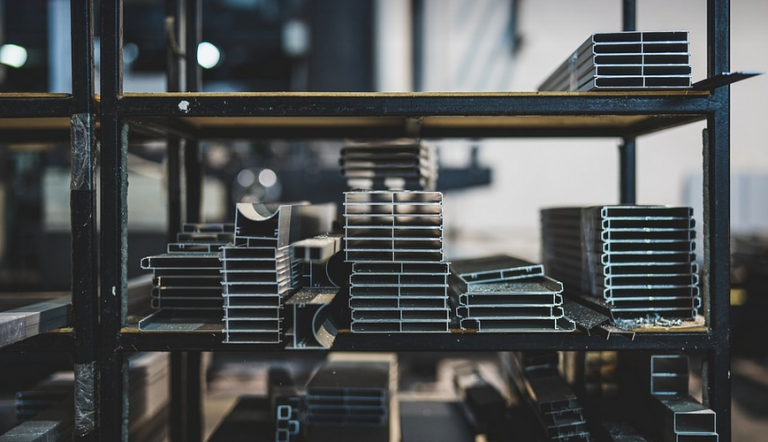
Unlocking New Levels of Visual Interest
Welcome, fellow quilters! Today we’re diving into the fascinating world of border fabrics for your quilts, a technique that can dramatically elevate the visual appeal and artistic expression of your projects. Borders aren’t just about finishing touches; they’re often the focal point, acting as canvases for vibrant colors, intricate designs, or even unique textures.
Choosing the right border fabric is an art in itself, blending perfectly with the main design while adding layers of dimension and charm. Let’s explore some key aspects that will help you make informed decisions and craft truly stunning quilts.
The Power of Borders
Enhancing Visual Harmony
Take a moment to imagine your quilt as a masterpiece on its own, then picture the borders as an artist’s brush strokes, adding depth and richness to the whole composition. A well-chosen border can bring out the beauty of your main design, creating a harmonious interplay between colors, patterns, and textures.
Borders act as a visual bridge between the quilt’s core and its outer layers, allowing for diverse interpretations and expressions: vibrant pops of color that contrast against the main fabric, subtle floral motifs that echo their counterparts in the design, or even bold geometric shapes that add a dynamic touch to the whole piece.
Adding Dimension and Interest
Think about it! Borders are often more than just lines—they’re miniature landscapes, intricate patterns, or even whimsical details. They add depth and dimension, transforming a simple quilt into a captivating tapestry of textures and visual elements.
Imagine the impact of adding a narrow strip of contrasting fabric with delicate paisley prints along the edges of your patchwork design. The subtle interplay between these different areas creates a visual dialogue that draws attention to the intricate details, while the contrasting border fabric adds a touch of dynamic energy to the overall piece.
Choosing the Perfect Border Fabric
Matching Your Quilt’s Style
Before diving into specific fabrics, let’s consider the overall style of your quilt. Are you going for a minimalist, modern feel with clean lines and muted tones? Or are you aiming for a more traditional look with floral patterns or embroidered details?
Understanding Fabric Weight and Texture
The weight and texture of the fabric play a crucial role in determining how it will behave as a border. Lightweight fabrics often create delicate borders, especially when used in conjunction with other materials like lace or embroidery thread. Conversely, thicker fabrics can add a robust touch to your quilt, creating more pronounced statements.
Exploring Different Fabric Types
Borders offer endless possibilities beyond the typical cotton fabric. From velvet and silk for luxurious looks to linen and even leather for unique textures, explore different fabrics that complement your project’s style and add a touch of individuality.
Playing with Borders: Techniques & Ideas
Straightline Borders
Simple yet elegant, straight-line borders are always a perfect choice. They offer clean lines and versatility to create a classic look for your quilts, whether it’s with solid colors or delicate patterns that highlight the intricate details.
Curved Borders
Curved borders add a touch of whimsical charm to your quilt. Imagine curving these across the edges like gentle waves in a calming sea; they can enhance the visual flow and give the appearance of movement and depth. These curved borders work beautifully with geometric or floral designs, adding an extra dimension to your quilting.
Embroidery Borders
Adding a touch of artistic flair, embroidery can transform your border fabric into a unique masterpiece! Incorporating intricate stitching patterns along the edges of your quilt fabric creates a visually captivating effect that elevates its visual appeal.
Finishing Touches: A Guide to Success
Pressing for Perfection
After you’ve created the border, remember to give it a final press. This ensures that any wrinkles are eliminated, and your border looks crisp and professional. Pressing helps achieve a more polished look and makes your quilt even more visually appealing.
Seams & Fusible Webbing
When adding borders, use fusible webbing to secure the fabric in place before sewing it onto the main quilt. This ensures that your border stays put! The result is a clean-looking finish that enhances the overall beauty and longevity of your project.


